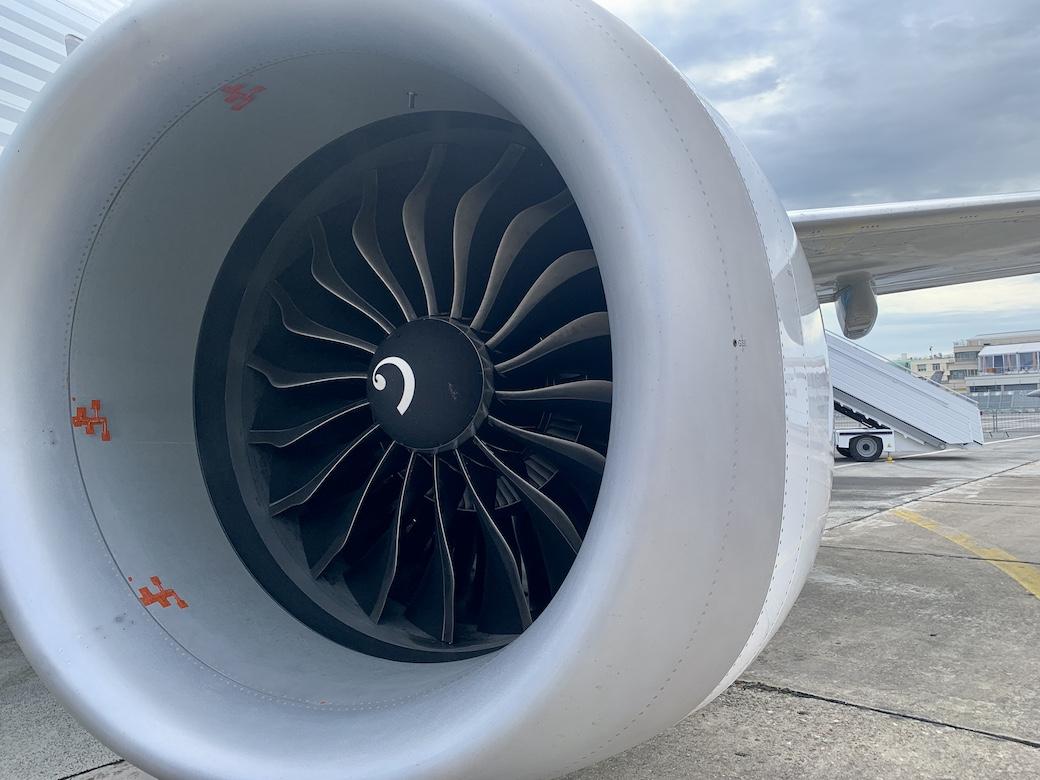Boeing Redesigning 737 MAX Nacelle Part Following Anti-Ice Testing Discovery

Credit: Sean Broderick/AW&ST
Boeing is redesigning a 737 MAX engine nacelle component after discovering that operating the anti-ice system in certain conditions can damage the part and operators will be required to adhere to certain limits until the fix is complete. The issue involves using engine anti-ice (EAI) in dry...
Subscription Required
This content requires a subscription to one of the Aviation Week Intelligence Network (AWIN) bundles.
Schedule a demo today to find out how you can access this content and similar content related to your area of the global aviation industry.
Already an AWIN subscriber? Login
Did you know? Aviation Week has won top honors multiple times in the Jesse H. Neal National Business Journalism Awards, the business-to-business media equivalent of the Pulitzer Prizes.





